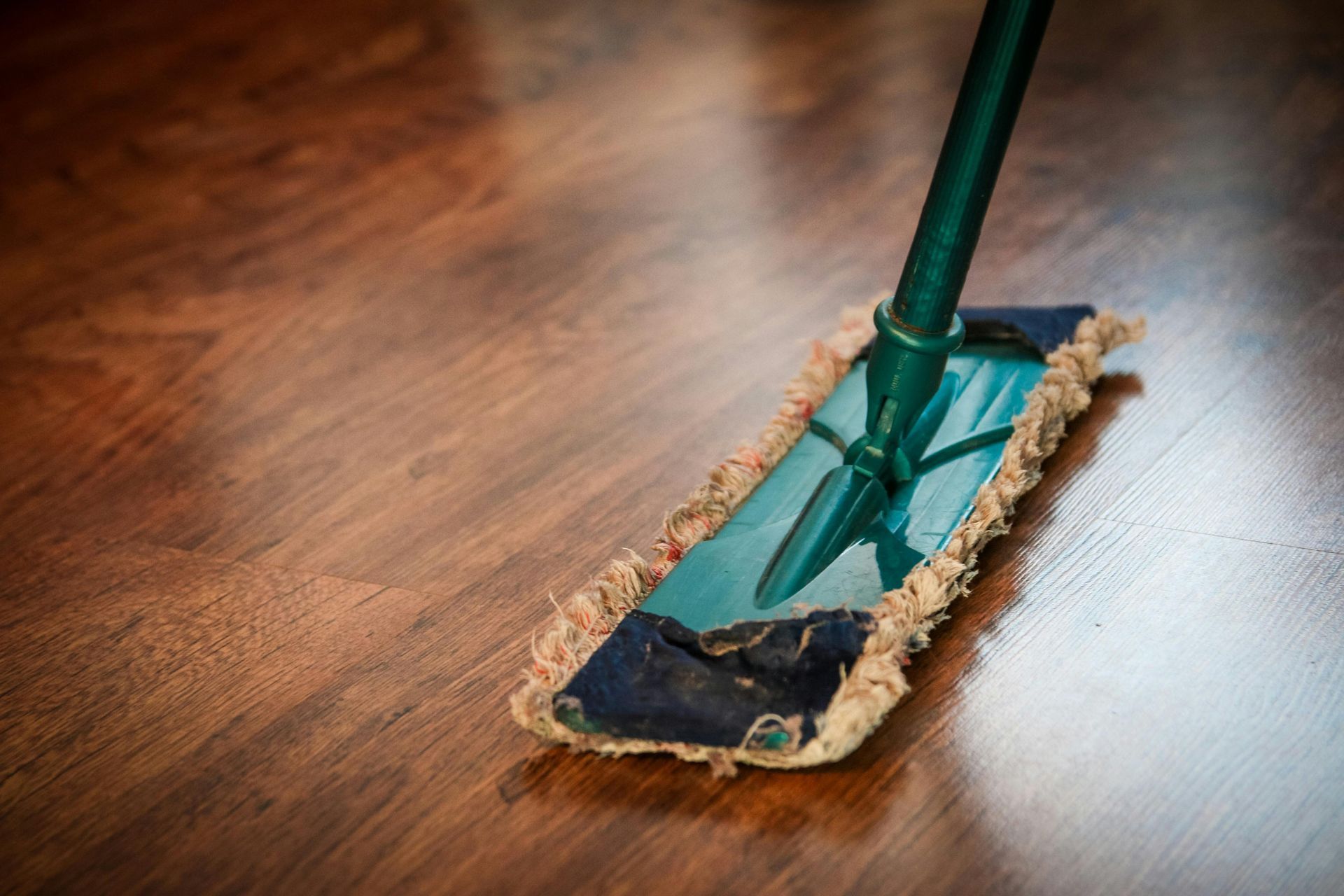Blog
Tips and tricks to help you during this journey. Learn about real estate, property management and everything in between.

As winter approaches, it’s time to make sure your home is ready for whatever the season brings. Whether you’re new to North Carolina winters or a seasoned pro, a little preparation goes a long way in keeping you safe, warm, and comfortable. Here’s how you can get your single-family rental home winter-ready—and avoid some of the most common cold-weather headaches.

Summer in North Carolina often means sunny days and warm evenings, but it can also bring sudden, powerful thunderstorms. These storms can pop up quickly and sometimes come with strong winds, heavy rain, lightning, and even hail. Preparing your home ahead of time helps keep you, your family, and your belongings safe—while also protecting the property. Here’s how you can get ready for whatever the summer skies bring.

Spring is the perfect season to refresh your living space, improve air quality, and fulfill lease obligations that help protect your security deposit. For tenants in single-family homes, spring cleaning goes beyond surface tidying—it’s about deep cleaning, organizing, and ensuring your home is in top shape. Here’s a comprehensive guide and actionable checklist to help you tackle spring cleaning efficiently.




